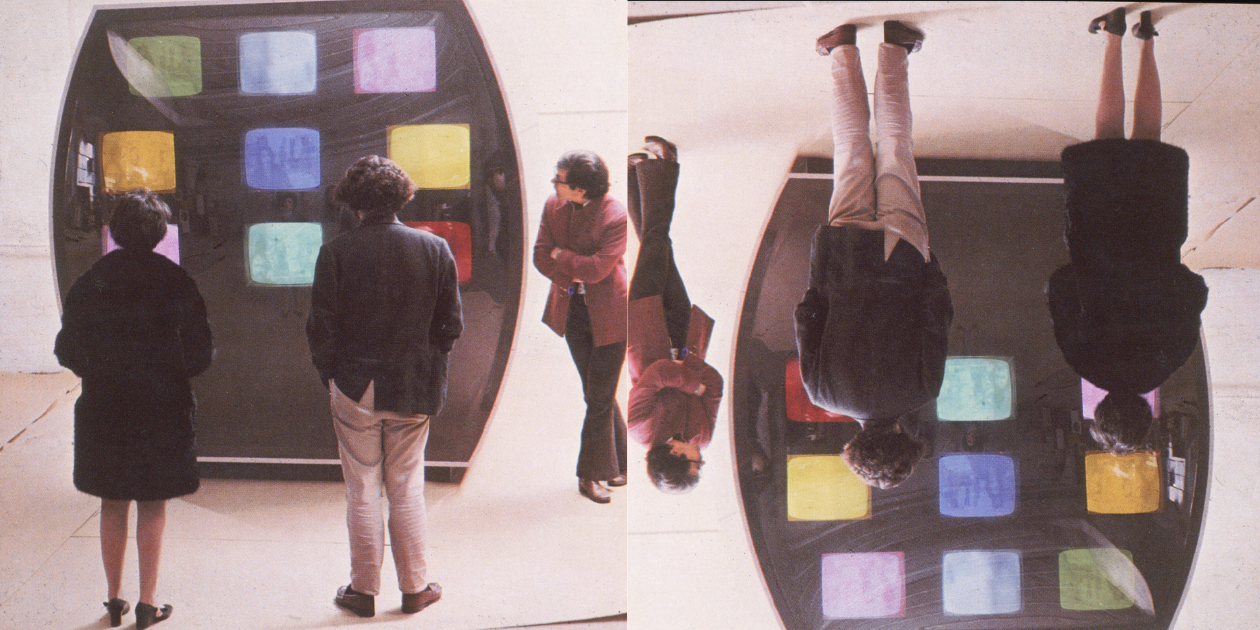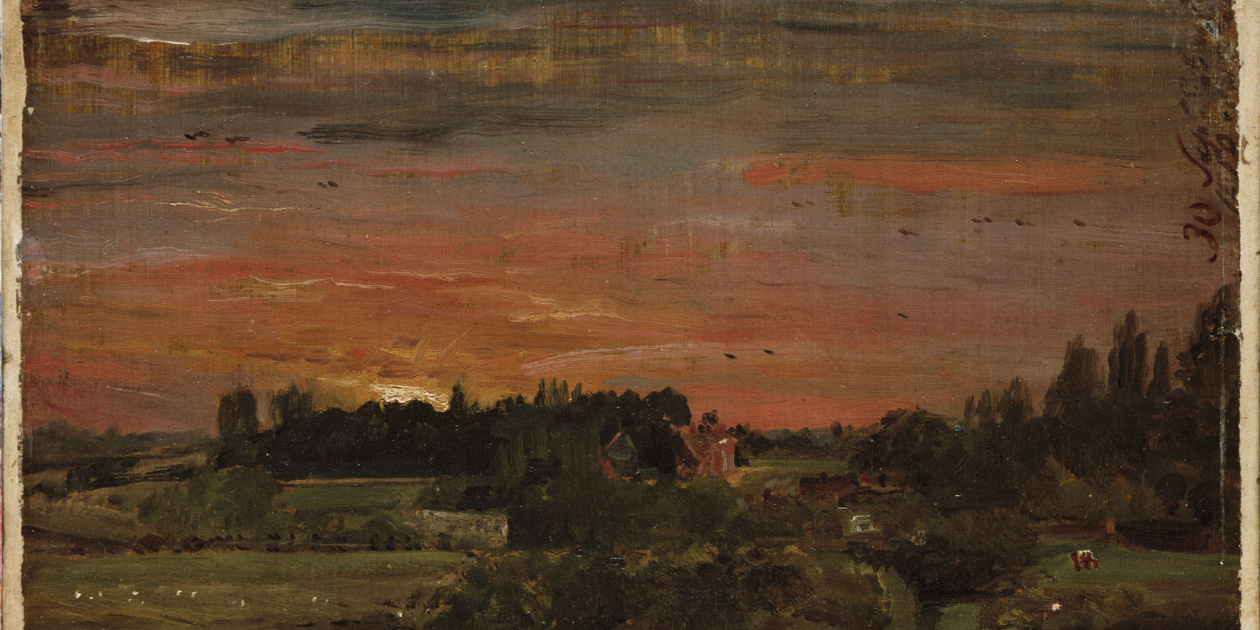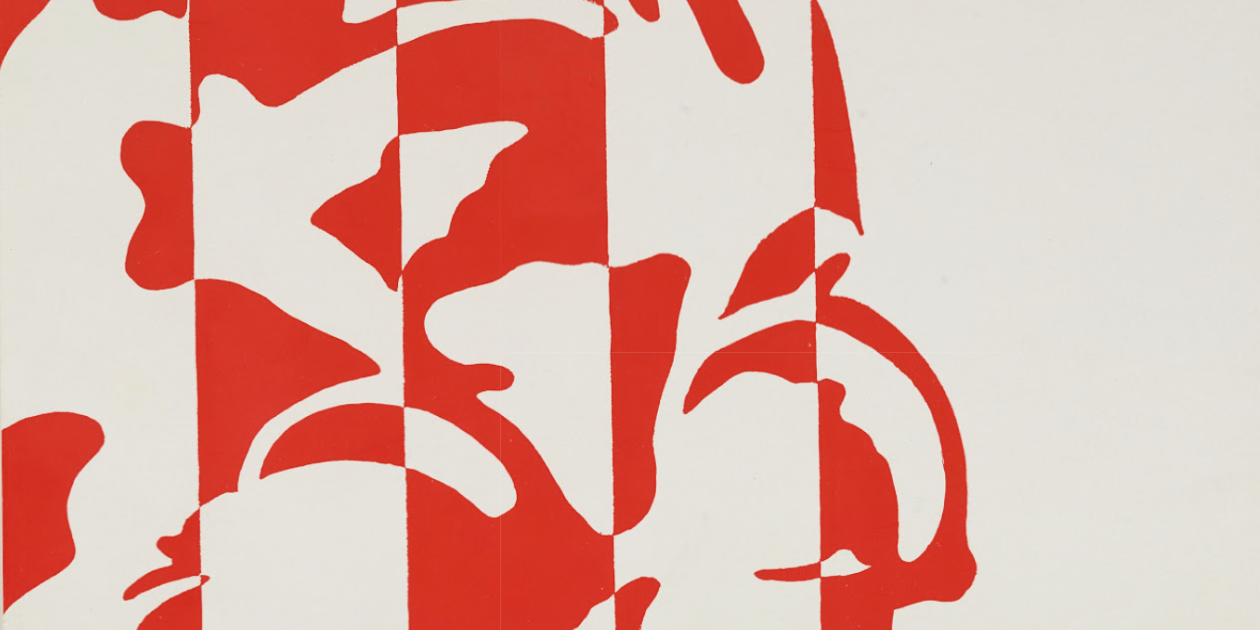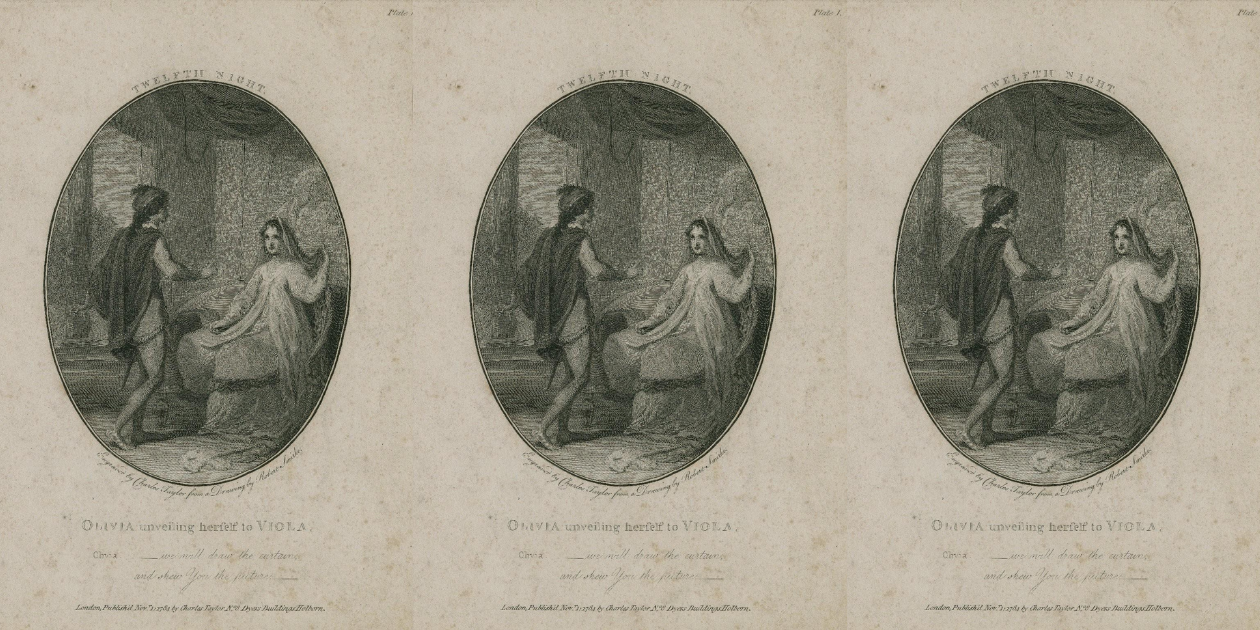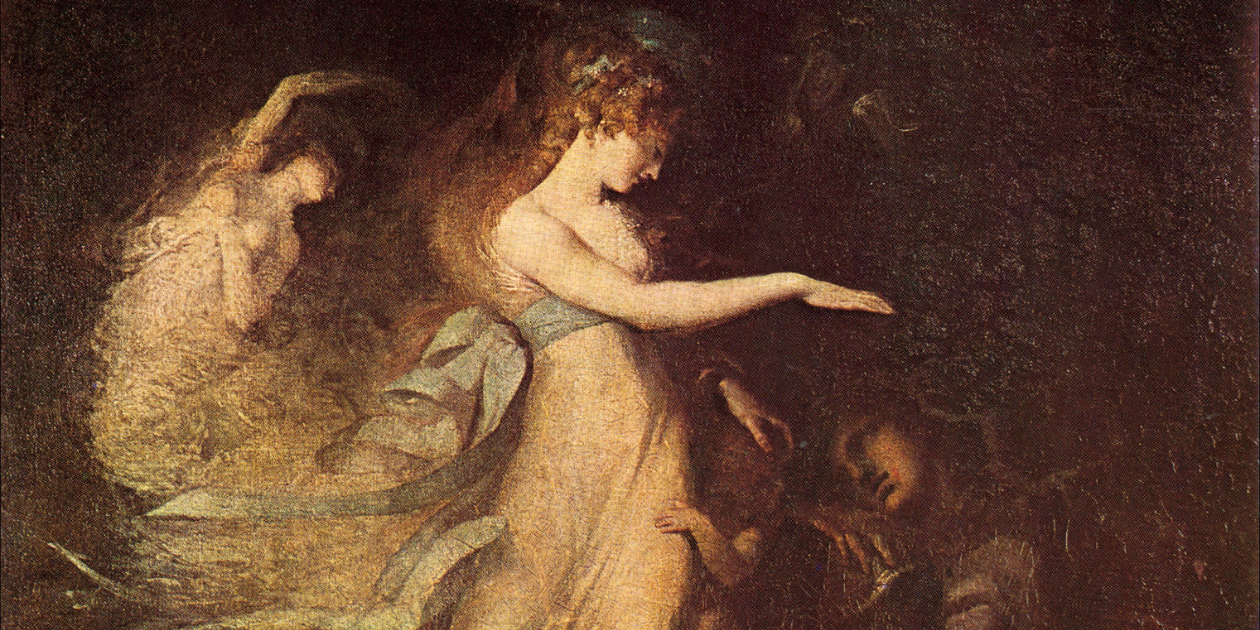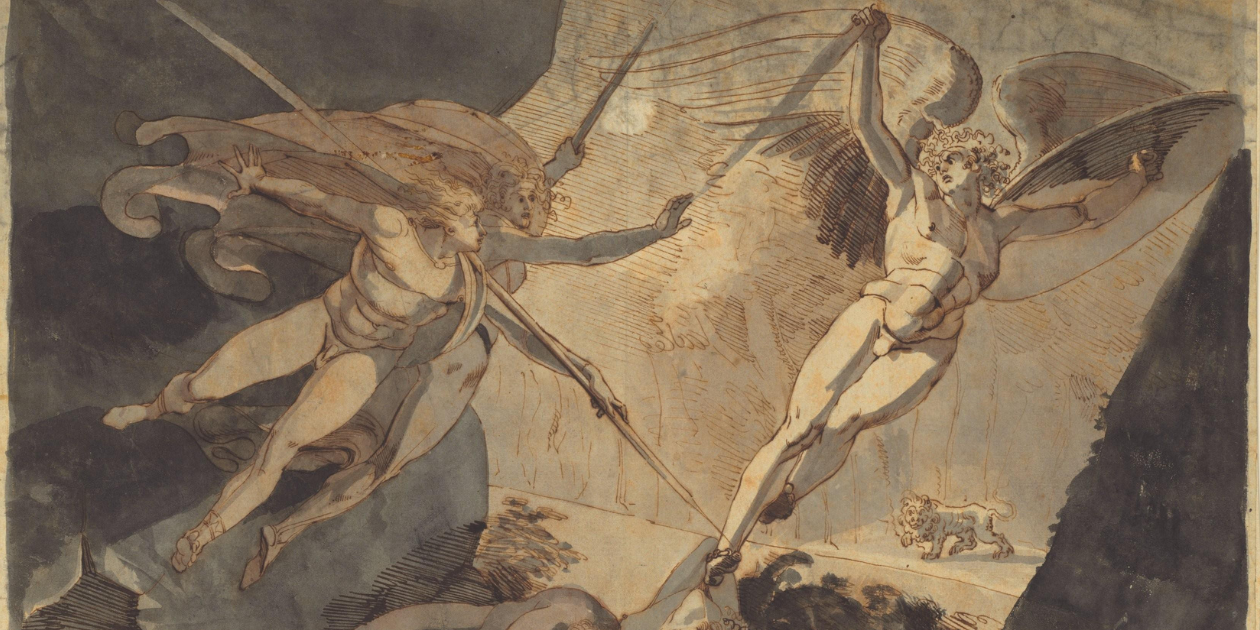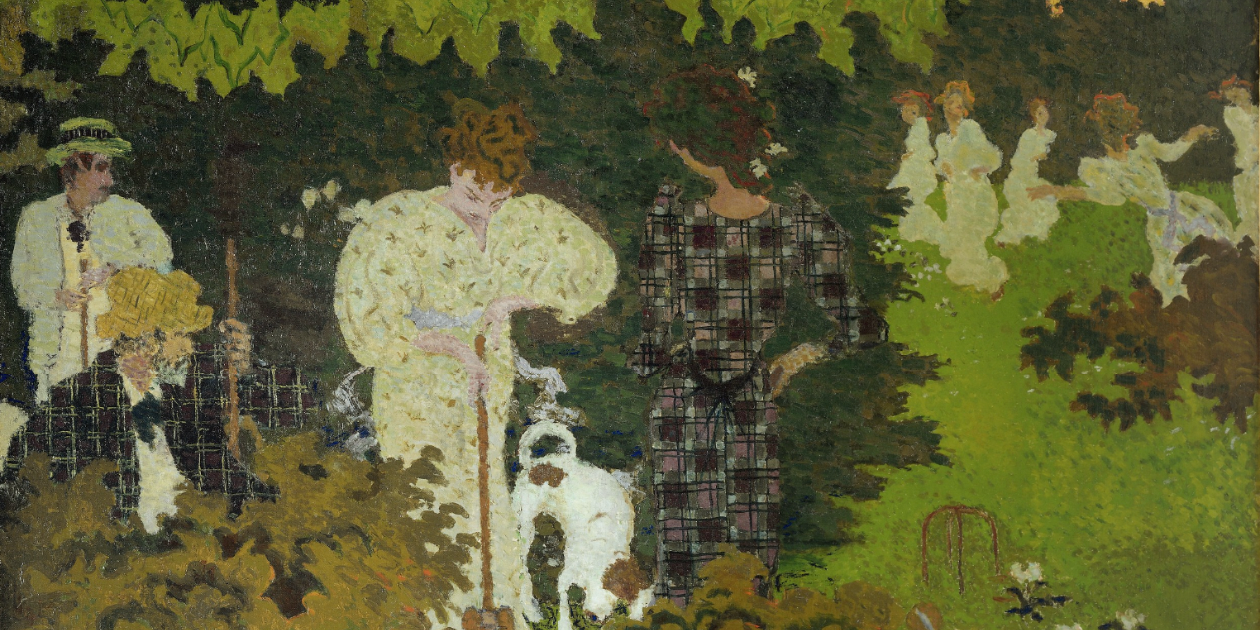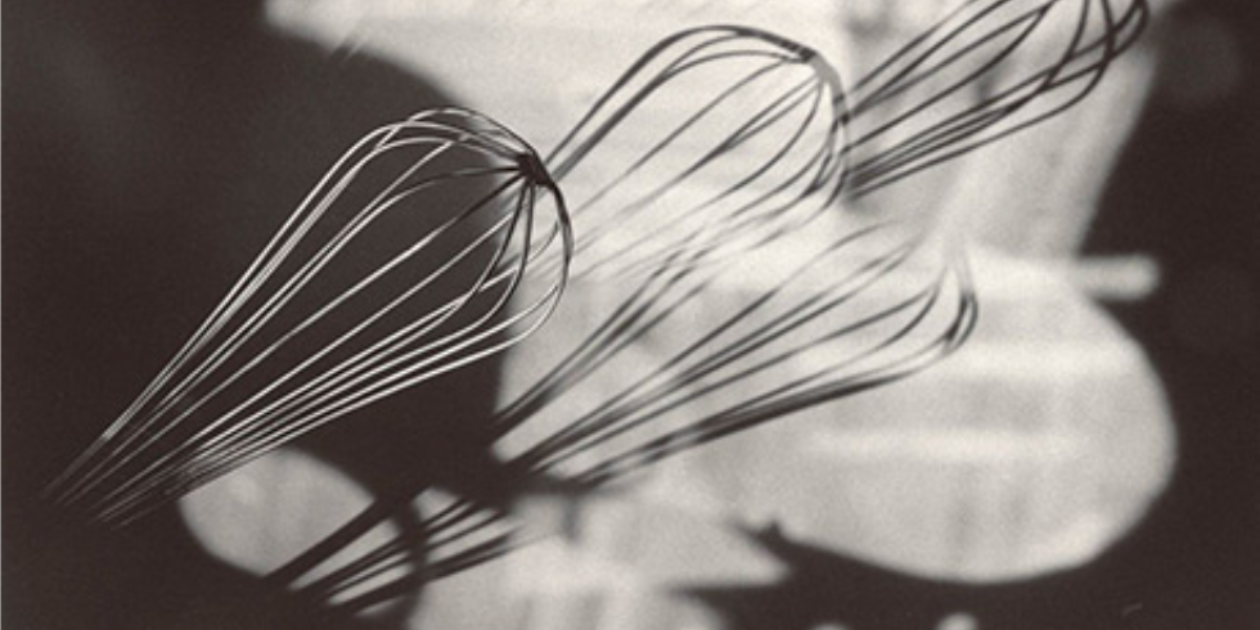To read a text is to be engaged in a system. To make sense of a text, a reader must be able to connect a network of various points which form a whole greater than the sum of its parts to form meaning.
Comments closedCategory: Uncategorized
John Clare celebrates the specificity of nature – a celebration which, in his extensive body of poetry, is lovingly confined to his village of Helpston and the surrounding Northamptonshire countryside.
Comments closedBourdieu’s theories regarding cultural production manifest themselves in Everett’s writing, as Monk considers his commercialization simultaneously as an artistic death and as something feminized, reproducing the pre-existing misogynistic ideals within the American literary field that invalidates the intelligence and talent of women authors.
Comments closedWhile both Book II of The New Arcadia and Twelfth Night end in heterosexual unions, cross-dressing permits the exploration of lesbian homoerotic potential within the bounds of an overarching heterosexual narrative.
Comments closedSpenser, in Book One of The Faerie Queene, constructs the knight figure as an identity symbiotic with the lady figure, the latter being an otherness that intervenes to direct the path of knighthood towards virtue.
Comments closedThrough Satan, Sin, and Death, Milton contrasts hellish invention, which is individualistic, with divine creativity, which is cooperative. The failure of Satanic invention lies in its absorption, while the success of heavenly creation lies in its collaborative nature.
Comments closedWoolf’s structural decision to narrow the perspective of the story onto selective characters before the narrative lens pans back to the garden reflects a modernist focus on society rather than the individual.
Comments closedThrough an intricate poetic structure, heavy-handed symbolism, and the fusion of protagonist and speaker, Cohen conveys the degradation of the protagonist’s mind and body and suggests that displeasure in the living world, brought about by poetic ponderings, elicits the destruction of the divine.
Comments closedKafka charges eating in his personal and fictional life with meaning and power: he uses food and nourishment to criticize the gender hegemony in early twentieth-century Prague, which involved an inexplicit control over women by men, manifesting in males performing duties outside the house and women’s responsibilities being limited to inside the house.
Comments closed